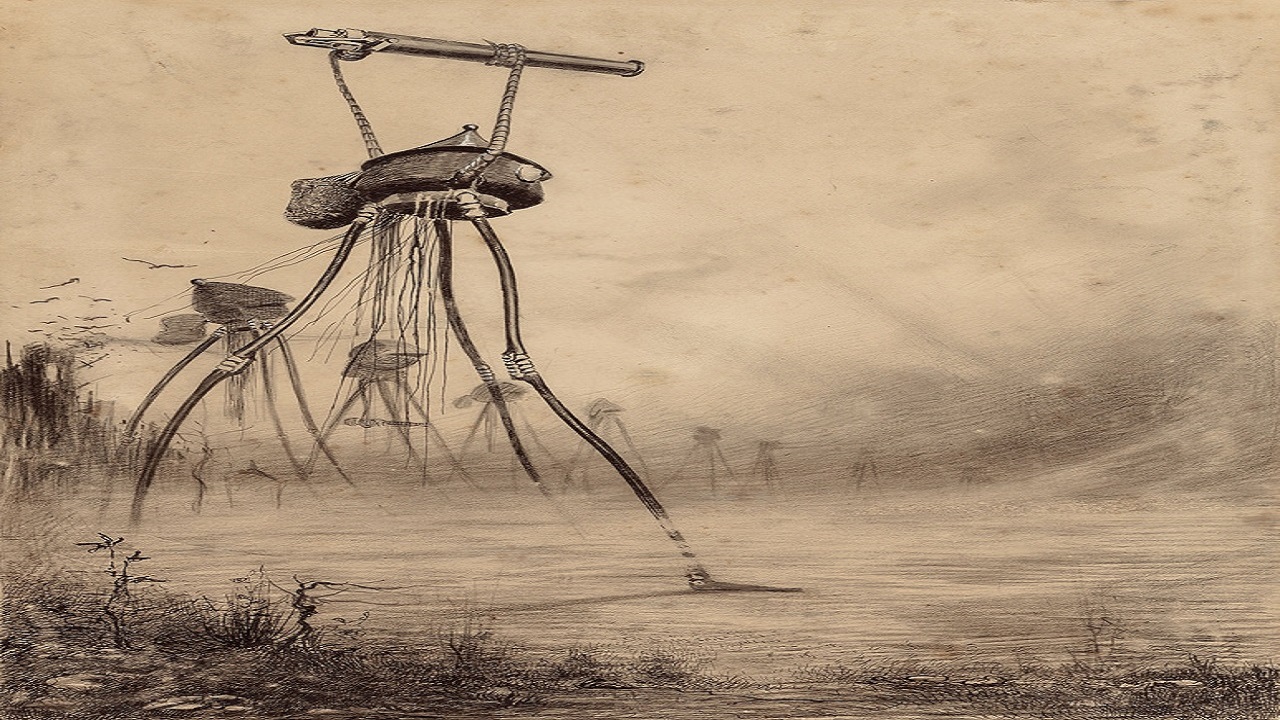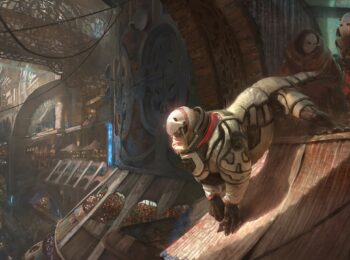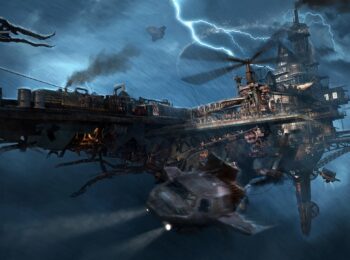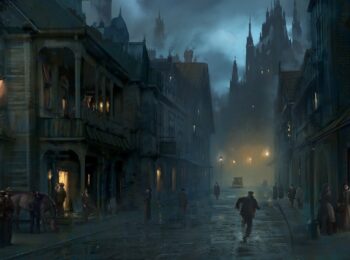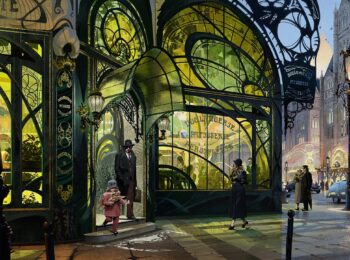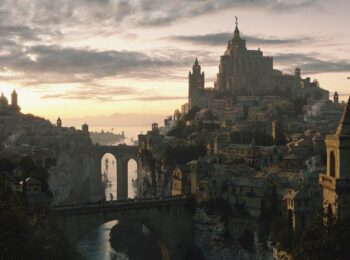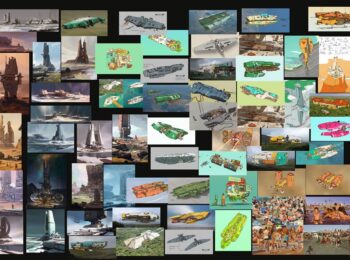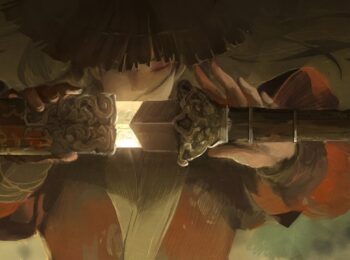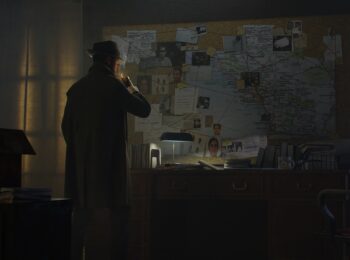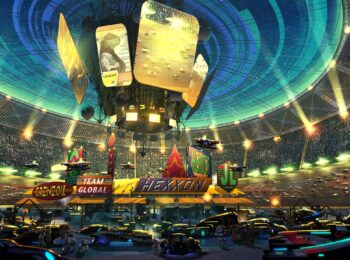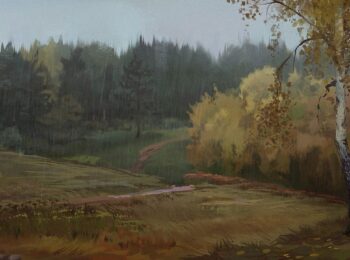‘War of the Worlds’ was written in 1898 by H.G. Wells. The novel, in which Martians land in the English county of Surrey, is widely credited as having popularized the alien-invaders concept.
Science fiction is effective in its delivery of satire and social commentary as it provides authors with an imaginary canvas that is safer for criticizing society. The 1898 novel is no exception, often interpreted as a commentary on evolutionary theory, British imperialism, and generally Victorian superstitions, fears, and prejudices. Wells’s vision of a war bringing total destruction without moral limitations – a total war – was not taken seriously by readers at the time of publication, but would later become fully realized in the Second World War.
“Yet across the gulf of space, minds that are to our minds as ours are to those of the beasts that perish, intellects vast and cool and unsympathetic, regarded this earth with envious eyes, and slowly and surely drew their plans against us.”
— H. G. Wells (1898), The War of the Worlds
Artist Henrique Alvim Corrêa was chosen to illustrate the novel in 1906. Wells himself approved of these wonderful drawings, praising them before their publication and saying, “Alvim Corrêa did more for my work with his brush than I with my pen.”
Corrêa was a Brazilian artist living in Brussels struggling to make a living. His break seemed to come when the War of the Worlds illustrations were printed in a large-format for the French edition of the book, with each of the 500 copies signed by the artist himself. Although, he would never know, as he died of tuberculosis only four years later.
The novel then became a radio drama in 1938, ‘War of the Worlds Halloween radio play’ by Orson Welles. With Germany in the news due to a certain Adolf Hitler (he was Time Magazine’s Man of the Year for that year) and fears of war, a news story about any invasion – including an extraterrestrial invasion – probably automatically brought fears of a real war to life, since the simulated news bulletins are rumored to have caused mass panic at the time.
The novel then became a generally well-received film in 2005, directed by Steven Spielberg and written by Josh Friedman and David Koepp. Loosely based on the H. G. Wells novel, it starred Tom Cruise as the everyman hero struggling to save his family as civilization collapses around him.
The design of the Tripods was described by Spielberg as “graceful”. He also wanted a design that would be iconic while still providing a tribute to the original Tripods, as well as intimidating so the audience would not be more interested in the aliens inside than in the vehicles themselves. One of the artists hired to design the classic alien tripods was the concept artist Ryan Church.
CSee more of Henrique Alvim Corrêa’s art at the British Library site and head to Ryan Church’s site.









